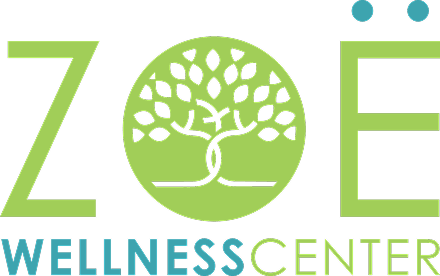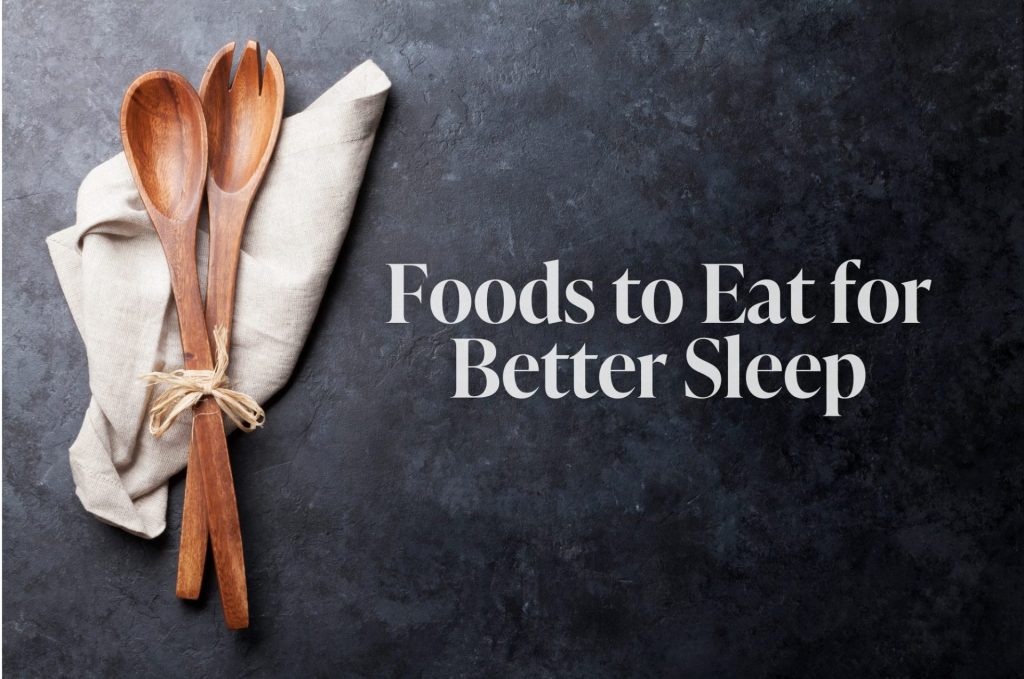From Burnout to Balance: Unlocking the Power of Emotional Well-Being The human experience is unique to each individual, and while we all encounter the ups and downs of life, there are times when we find ourselves irritable, burnt out, and overwhelmed. This often occurs because we become so engrossed in our day-to-day responsibilities that we might neglect a crucial aspect of our well-being: our emotional health. Physical health usually receives more attention than emotional health, leading to a potential oversight of our emotional well-being. This is primarily due to the body exhibiting more measurable symptoms, especially when things are amiss, in comparison to emotional health. Additionally, physical health is more widely understood in society and has more immediate, tangible consequences on our overall well-being. Our mind and body are closely connected, and what many people don’t realize is how an imbalance in caring for one can cause direct consequences in the other.This is why it is vital to equally prioritize the care of your emotional and physical health every day. But, as stated, so many of us only focus on the physical aspect, and therefore may overlook how our emotional health could be causing the physical issues at hand. Let’s delve into why emotional self-care is indispensable and explore actionable strategies that can transform your journey towards holistic well-being. Emotional Health: How do you know when it is suffering? Recognizing you may be dealing with emotional struggles is the first step in finding the best solution for you. Here are some signs to help you identify if you might be emotionally unwell due to neglecting your emotional health: Persistent Negative or Irritable Mood: If you consistently feel down, anxious, or overwhelmed, it could be a sign that your emotional well-being needs attention. You might find it challenging to experience positive emotions and maintain a balanced mood. Physical Symptoms: Emotional stress can manifest as physical symptoms, including headaches, muscle tension, digestive issues, and a weakened immune system. Difficulty Concentrating: Emotional distress can make it hard to concentrate, make decisions, or focus on tasks. You might find yourself feeling mentally scattered or forgetful. Possibly, you may be experiencing brain fog due to stress or other related lifestyle factors. Fatigue and Low Energy: Emotional unwellness can contribute to feelings of fatigue and low energy, making it difficult to engage in daily activities. It can also contribute to changes in sleeping patterns such as insomnia, oversleeping, or disrupted sleep. Changes in Appetite: Emotional distress can lead to changes in appetite, such as overeating or loss of appetite Heightened Stress Levels: If you’re constantly under stress and finding it challenging to manage daily stressors, it’s a sign that your emotional health might be compromised. If you recognize several of these signs in yourself, it’s important to take proactive steps to address your emotional well-being. Prioritize self-care, seek support from friends, family, or professionals, and consider engaging in activities that promote emotional healing and balance. Remember that seeking help is a sign of strength, and taking care of your emotional health is essential for overall well-being. Emotional Health: What steps can I take to improve my mental health? Making lifestyle adjustments isn’t always easy, but by integrating these self-care strategies into your routine, you can yield transformative results: Balanced Diet: Focus on a well-rounded diet rich in fruits, vegetables, whole grains, lean proteins, and healthy fats. Limit processed foods, sugary snacks, and excessive salt. Stay hydrated by drinking plenty of water. Regular Exercise: Engage in regular physical activity, incorporating both cardiovascular exercises (like walking, jogging, or swimming) and strength training (using weights or bodyweight exercises) to improve your endurance, strength, and flexibility. Quality Sleep: Prioritize sleep by establishing a consistent sleep schedule, creating a comfortable sleep environment, and practicing relaxation techniques before bed. Stress Management: Practice stress-reduction techniques such as deep breathing, meditation, yoga, or mindfulness. Engaging in hobbies and activities you enjoy can also help reduce stress. Social Connections: Maintain and nurture relationships with friends and family. Social interactions contribute to emotional well-being and can help combat feelings of loneliness. Hygiene and Preventive Care: Maintain good hygiene practices and adhere to preventive care recommendations, such as vaccinations and regular dental check-ups. Engaging in Activities that Ignite Joy: Engage in activities that bring joy and laughter. Laughter has been shown to have positive effects on overall health. Remember, improving your overall health is a gradual process. Start with small, achievable changes and build on them over time. It’s important to listen to your body, make adjustments as needed, and seek professional guidance when necessary. Your well-being is a journey, and each step you take brings you closer to a healthier and happier life. Emotional Health: How can I get the support I need? Supporting your emotional health requires a combination of strategies and practical tools. Here are some that you can use to support your wellness journey: Journaling: Writing down your thoughts and feelings can help you process emotions, gain insights, and track patterns. A simple notebook or digital journaling apps can be useful. Support Groups: Connecting with others who share similar experiences can provide a sense of belonging and understanding. Look for local support groups or online communities related to your specific needs. Therapy and Counseling: Professional therapists provide a safe space to discuss your emotions and challenges. You can find therapists in your area or use online platforms like BetterHelp and Talkspace. Wellness and Lifestyle Experts: Trained experts in the health and wellness field may have programs that can combine both physical and mental health into a lifestyle plan for your specific needs. Professional Help: If you’re struggling with severe emotional challenges, seeking help from mental health professionals, such as psychologists, psychiatrists, or counselors, is recommended. Remember that emotional well-being is unique to each individual, and different tools may work better for you at different times. It’s important to create a personalized toolkit that fits your needs and preferences. Sponsored Consider checking ZOE Wellness out for help on your journey to emotional well-being! They are able to assess your current state of health through technology and consultation to create a wellness











